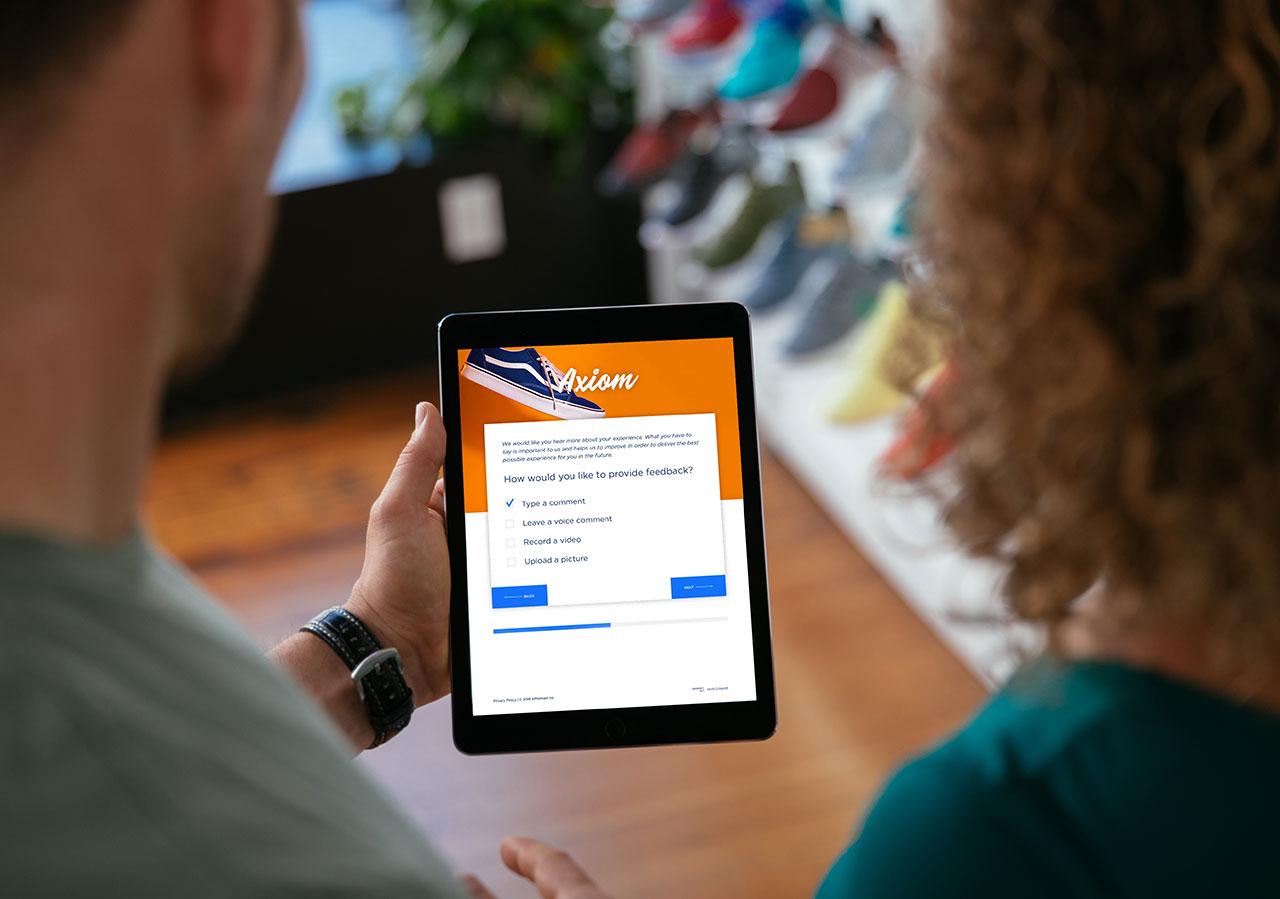
What is the future for employee and customer experience trends in banks, wealth advisory firms, and credit unions? Pearl-Plaza recently dove into the financial services industry’s 2022 outlook—and there’s a lot to unpack.
Through our dedicated Strategic Insights Team, we collected data from bank, wealth advisor, and credit union consumers and employees across North America. This year’s trends report has unearthed a few key discoveries that these businesses must pay attention to if they want to differentiate themselves in this competitive market.
When you have both customer and employee perspectives, it’s easier to rethink the workplace and how one experience affects the other. Let’s think through this together to improve finserv experiences for the long haul:
Employee and Customer Experience Trend #1: Digital Experiences and Personal Engagement is Vital to Improving Experiences
One of the first questions we asked customers and employees was, “what experiences are you looking forward to in the following industries [in 2022]?”
For Customers: Most banking customers responded with “tap-&-go or digital wallet” (Apple or Samsung). This hammers in a point this industry is all too aware of: digital transformation is a crucial element that all banks need to pay attention to as customer expectations evolve. And that extends to other types of financial services businesses as well, be it investment management or credit unions.
For Employees: On the other hand, employees have a unique perspective to add to this conversation. One stated that they would like:
“More time [spent] with customers around personal investments.”
— Financial Services Wealth Advisor
Of course, different firms operate with different goals in mind, but what’s important to take away here is how the customer experience is impacting the employee experience and vice versa. With this insight in mind, businesses across the financial services industry should include the employee perspective in their customer experience efforts. What do your bank tellers know about friction points in the in-branch experience? What improvements do your advisors think can be made in client sessions? The answers could lead to major improvements in the customer experience and to bottom line influencing factors like customer retention.
Employee and Customer Experience Trend #2: Focus on Both Digital and In-Person Interactions to Serve All Customers
We’ve all seen the articles claiming that the “in-branch experience is dead,” but that couldn’t be further from the truth. According to our data, there are those customers that prefer 100% self-service capabilities, but there are also those customers that rely on in-person interactions—and there are employees that find fulfillment in serving those customers.
When asked what their primary expectations for their experiences were, the majority of consumers voiced their desire for self-serve options, specifically with investments profiles, banking services, or credit union interactions. At the same time, employees also expressed at the same time that they want training to support customers better, whether that is in a contact center, over live chat, or in-branch.
To satisfy both employee and customer expectations for experiences, finserv businesses need to make sure they are focused on both digital and in-person interactions, and make sure they are consistent while they’re at it.
Employee and Customer Experience Trend #3: How to Optimize Talent Acquisition for Gen Z
Employee values tend to shift from generation to generation and it’s the responsibility for businesses to acknowledge those changes if they want to last. That’s why employers everywhere have been thinking more about Gen Z and how they’ll carve out a future for the workplace, and finserv businesses are no exception.
To help banks, investment advisors, and other finserv employers understand Gen Z, we leveraged our latest trends report to dive into Market Pulse data as well as indirect and inferred transactional data and put together a pros and cons profile for the most critical factors in recruiting a Gen Z employee specifically in the finserv industry. Check it out below!
Based on these findings, Gen Z seems likely to be attracted to a work setting that prioritizes instilling a sense of purpose in employees and supporting a collaborative work community, on top of, understandably, ensuring financial security.
There are many ways to foster these attributes in your company’s work culture, but one thing is for sure: as Gen Z grows more prominent in the workforce, it is vital that businesses shape work cultures according to Gen Z ideals if they wish to attract top talent.
Not only did Pearl-Plaza feature the financial services businesses like banks, wealth advisory firms, and credit unions in its newest Customer and Employee Experience Trends Report, but the research covers ten other industries as well! If you’d like to learn more about what’s happening in 2022’s experience realm, take a look at the full online version.














